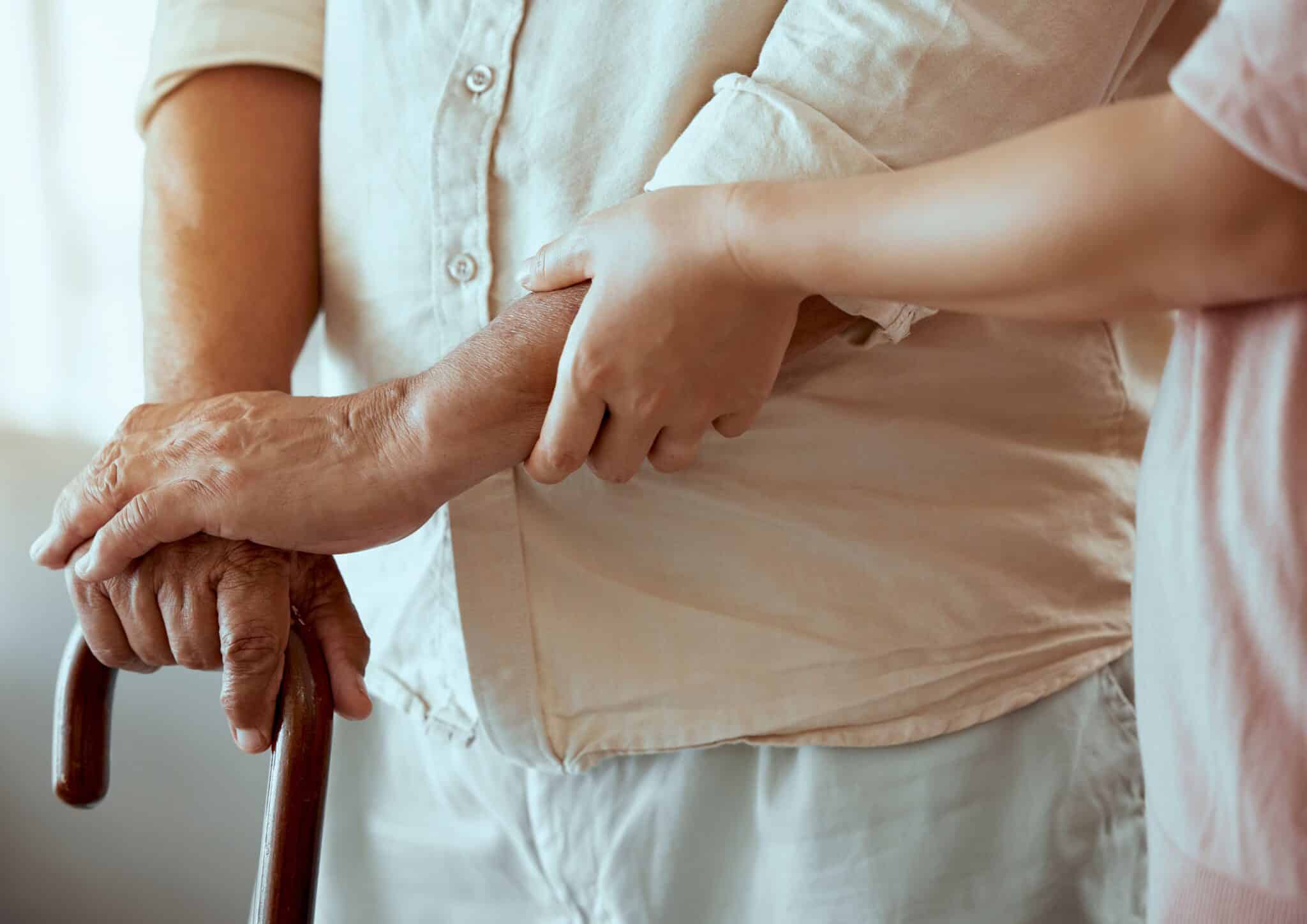Introduction
In emergency situation scenarios, the capability to acknowledge indications of no breathing can suggest the distinction between life and death. Recognizing how to assess a casualty's condition swiftly and effectively is important for any person that may find themselves in a rescue circumstance. This post dives deep into the important aspects of identifying no breathing, discussing essential strategies, protocols, first aid training online and the importance of keeping composure throughout a crisis.
When confronted with an unconscious person, knowing what to search for and just how to respond can conserve lives. This comprehensive guide will certainly address numerous elements of emergency response, from standard vs advanced life assistance to public defibrillator use, making sure that every rescuer is well-equipped with knowledge.
Identifying No Breathing: Indicators Every Rescuer Need To Recognize
Identifying no breathing is a critical skill every rescuer have to possess. When somebody is unresponsive, assessing their breathing needs to be your primary step. An individual may show up drab; nonetheless, it's vital not to leap to final thoughts without performing a detailed evaluation.
Understanding the Essentials of Inspecting Responsiveness
When coming close to a casualty, your very first job is inspecting responsiveness. You can do this by gently shaking their shoulders while noisally asking if they are alright. If there's no action after a number of efforts, you should wage examining their breathing.
Key steps consist of:
Safety First: Make sure the setting is secure for both you and the casualty. Call for Help: If the individual is less competent and not breathing usually or whatsoever, call emergency situation solutions or ask another person to do so. Positioning: Thoroughly position the casualty on their back on a company surface.Evaluating Breathing in Emergency situation Situations
Once you've developed that the individual is less competent, it's time to check if they're breathing.
Look: Observe the breast for any increase and fall. Listen: Place your ear close to their mouth and nose; pay attention for breath sounds. Feel: Put your cheek near their mouth to feel for breath.If you identify no indicator of breathing within 10 secs, launch CPR immediately.
Signs of No Breathing
The lack of typical breathing can manifest in a number of means:
- The breast stays motionless. There are no distinct breaths. The person does not exhibit indications of gasping.
Recognizing these indicators promptly permits you to act immediately-- important factors in raising survival prices throughout cardiac events.
Basic vs Advanced Life Assistance Techniques
It's vital for rescuers to recognize different degrees of life support when handling respiratory emergencies.
What Is Basic Life Support (BLS)?
Basic life assistance consists of important abilities like CPR and choking relief methods that any individual can find out through BLS qualification training courses. It concentrates on keeping flow till sophisticated treatment arrives.
Components of BLS
- Chest compressions Rescue breaths Automated outside defibrillator (AED) usage
Advanced Life Support (ALS)
Advanced life assistance entails more intricate medical treatments typically executed by healthcare professionals. It consists of:

- Intubation Medication administration Advanced surveillance equipment
While most people will only need BLS skills in emergency situations, understanding ALS concepts assists you value the broader context of emergency care delivery.

Public Defibrillator Usage
In situations where heart attack takes place due to lack of breathing, using an AED can dramatically boost survival chances.
How Does an AED Work?
An Automated External Defibrillator examines heart rhythms and supplies shocks if necessary to re-establish efficient heartbeats:
Power it on. Attach pads according to visual instructions. Follow sound prompts up until EMS arrives or the victim reveals indicators of recovery.Importance of Public Gain access to AEDs
Having easily accessible public defibrillators boosts area strength versus sudden cardiac arrest cases by equipping day-to-day residents with lifesaving tools!
Maintaining Calmness Throughout Emergencies
In high-stress circumstances, remaining calmness is important for efficient action. Panic can cloud judgment and decrease needed responses.
Tips for Remaining Calm
- Take deep breaths before engaging. Focus on clear activities rather than overwhelming emotions. Remind on your own that every second matters; acting emphatically saves lives!
Taking Activates Compressions: The Relevance of Teamwork
When numerous rescuers exist, taking turns performing upper body compressions optimizes effectiveness while reducing exhaustion-- vital throughout extended resuscitation efforts!
How To Revolve Efficiently
Establish a clear interaction technique (e.g., "button!"). Switch every 2 mins or when exhaustion sets in. Make certain compressions stay constant during transitions.Finding the Right Compression Deepness and Rate
Proper compression deepness and price are vital for efficient CPR that flows blood successfully:
Compression Depth
The advised depth for grown-up targets is at the very least 2 inches yet not exceeding 2.4 inches while guaranteeing enough recoil after each compression.
Compression Rate
Aim for a price between 100-- 120 compressions per min-- this associates with songs like "Stayin' Alive" by Bee Gees!
Hospital Codes and Protocols Connected To Breathing Emergencies
Every medical facility has details codes that notify team concerning breathing emergencies-- understanding these codes can assist in quicker reactions:
|Code|Summary|| ------|-------------|| Code Blue|Clinical emergency calling for immediate focus|| Code Red|Fire alarm/evacuation procedure|| Code Orange|Dangerous products occurrence|
Familiarity with these codes improves sychronisation among healthcare teams throughout crises!
FAQs Concerning Determining No Breathing
What should I do if I'm unclear whether someone is breathing?- If in doubt, always presume they're not; begin mouth-to-mouth resuscitation immediately!
- Yes! Most AEDs have pediatric pads offered-- comply with tool directions accordingly.
- It's suggested every two years; standards evolve frequently!
- Yes! Making use of correct individual safety tools (PPE) lessens risks while giving needed aid.
- While inappropriate strategy may minimize effectiveness somewhat, any attempt at mouth-to-mouth resuscitation significantly enhances survival chances compared to doing nothing!
- Training isn't obligatory but highly motivated; many public places use educational sessions!
Conclusion
Identifying no breathing is mental health first aider one of those critical abilities that require method and self-confidence-- a combination that comes from training like BLS certification courses coupled with real-world experience in managing emergencies efficiently!
Always remember: Every second issues when responding! By discovering how ideal to examine casualties rapidly while applying proper strategies like taking turns on compressions or recognizing health center protocols-- also using public defibrillators-- we come to be empowered helpers ready when others require us most!
Stay prepared; stay notified-- and do not think twice! You may simply save a life today!